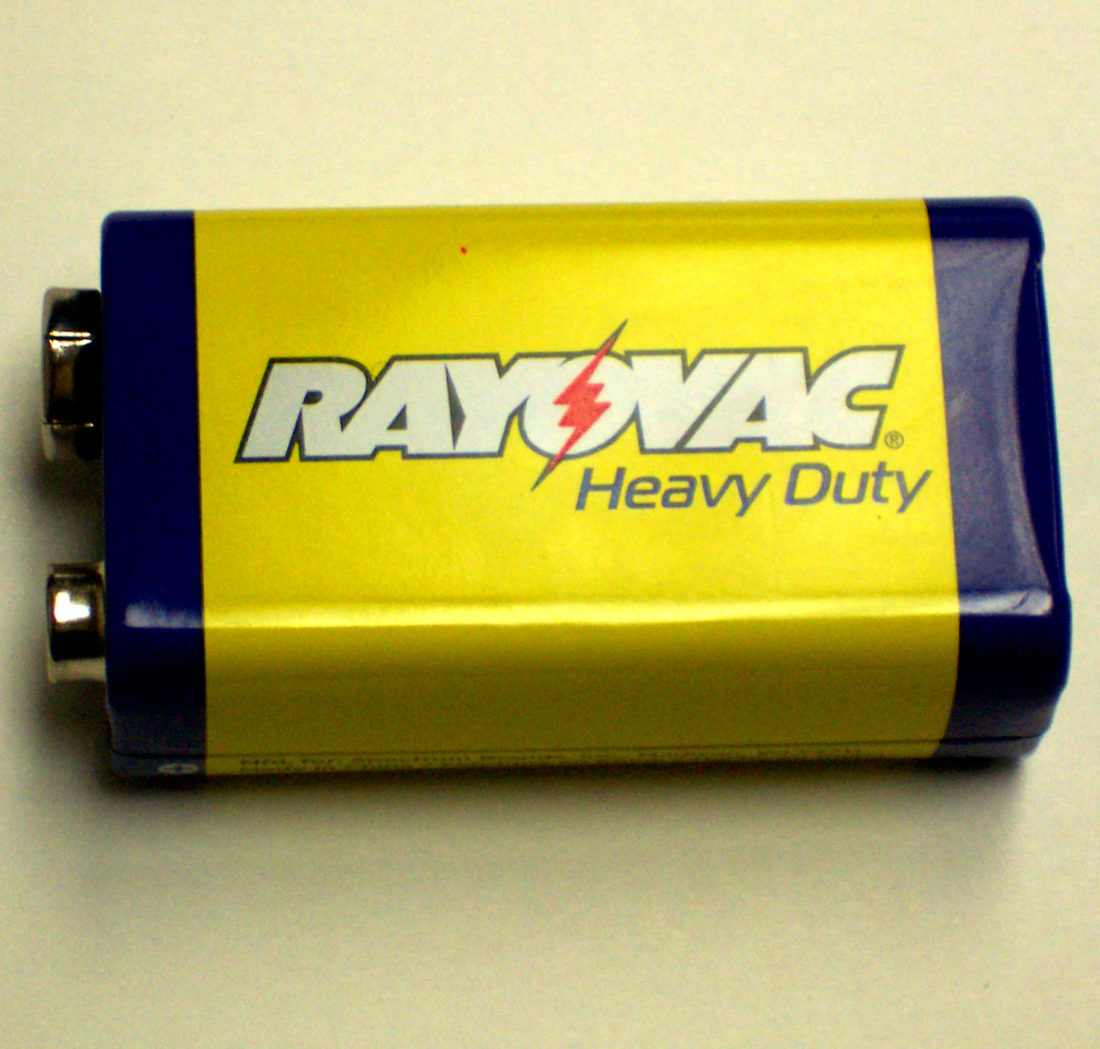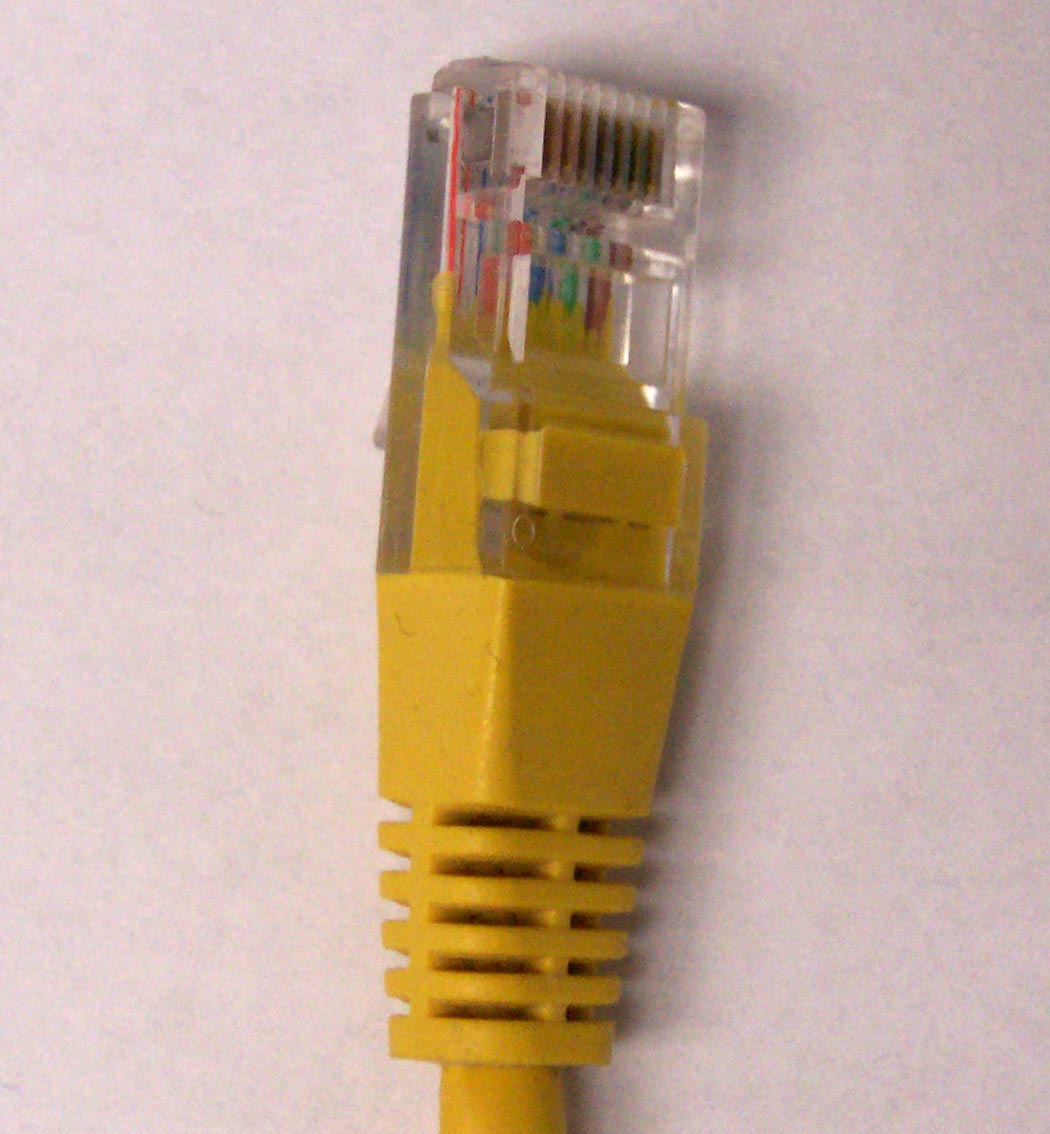IP OVER COAX CABLE ISSUES
IP OVER COAX CABLE ISSUES
By Frank McClatchie
New IP cameras are gradually replacing the old analog cameras in exiting CCTV installations to boost the picture definition and upgrade them to the new digital technology. In some cases the running of new network cable for IP cameras is not economical or it requires heavy labor and disruption at the site of the installation. Many times the old cable wiring has been buried in walls, run under concrete walkways or is in a conduit that is full and hard to service. In most cases the old analog cable is intact and fully functional but cannot directly connect to the IP camera because the digital camera requires two pairs of 100 Ohm impedance wires for the two way data communication and the single coaxial cable is 75 Ohm and not balanced. Of course the most obvious problem is that the connectors will not fit together.
There are a number of IP to Coax Cable Adaptors on the market and some are better than others but all of them can suffer from an installation problem not related to their manufacture. When installing an IP over coaxial system there are some issues about the existing coaxial cable that should be addressed. These issues do not normally affect the analog signal but will heavily impact your installation of an IP over coax system.
The use of old 75 Ohm Coaxial Cable to transmit IP pictures can result in an intermittent signal due to loss occurring in the way coaxial connectors are attached to the Coaxial Cable. This has come to light during tests of IP picture transmission over relatively old Coaxial Cable. These cables transmit ordinary analog video without any difficulty but when used to transmit IP type picture signals these cables sometimes exhibit intermittent IP data transmission. So what causes the intermittent data transmission? To understand why it is intermittent we need to look at the difference between analog and digital camera signals.
With analog picture transmission, there is absolutely no evidence of intermittent operation or transmission defect of any kind however when these same cables are used for IP picture transmission even for very short distances these cables will often not transmit an IP picture. Wiggling the connector sometimes brings the picture back but will not produce a permanent solution.
When this occurs the problem is at the connector termination with the wire. The connector is suffering from a small resistance change on the center pin of the connector when it is wiggled, which is not enough to cause a visible amplitude change in an analog video transmission but is enough to cause a reflection of the data stream in a digital transmission so that the data becomes distorted and introduces errors in the data so that the IP pictures cannot be received properly this creates a high bit error rate preventing the decoding of the data.
This extra resistance may only be on the order of an Ohm or so and thus are not observed on analog video signals or noticeable with an Ohm meter but can completely block the IP picture transmission by reflection.
This particular problem appears to occur due to inadequate crimping of the center conductor pin during wiring of the connector and can be remedied by SOLDERING instead of crimping the central coaxial wire to the center conductor of the Coaxial Connector. It is recommended that crimping of the center conductors be eliminated and all center conductors be soldered to insure continuity of center conductors when a cable is used for IP picture transmission. Even small discontinuities on a moderately long cable can introduce reflections of the digital signal that can introduce errors in the received signal, thus preventing the transmission of the picture.
There is another issue with IP over coax equipment that you should watch out for and that has to do with the way the IP signal is transmitted on the coaxial cable. Some manufacturers use Half Duplex transmission to send the two way data over one cable path by time multiplexing the signal, that is by sending one direction at a time so that each end of the system sends its information half of the time. This type of transmission should be avoided because it reduces the data transmission speed effectively reducing the bandwidth and delivery speed by half. Be sure to look for systems that transmit the data in both directions simultaneously with no reduction of data delivery rate. One such unit is the IPC-1 IP over coax adaptor built in the Santa Ana, CA. USA.
The IPC-1 allows IP camera signals to travel on existing RG59U or RG6 coaxial cables once used for analog cameras and will extend the operating range of an IP camera far beyond the 100 meter limitation of network cabling to over 300 meters (1000 Feet) of coax cable. This equipment operates in full duplex mode without reducing maximum network speed and requires very little installation time with absolutely no set up of IP or MAC addresses so no configuration time is required. You can use this equipment with 10 Mbps signals all the way up to 100Mbps standard Ethernet IP signals. The IPC-1 will pass all forms of error detection and parity signals without interference.
Using this equipment you can over come network cable distance limitations and reach out to areas and locations traditional networking does not allow. Both the 8P8C (RJ45) IP input and the BNC coaxial cable connections are auto-terminated to guarantee proper termination. A bi-colored LED monitors the power supply and the Data signal integrity.
Installation is a snap, just connect one unit at each end of the coaxial cable, then plug your network cables into a unit at each end, then apply power to the units. IP data will begin to automatically communicate and establish the link and then your video will appear at the other end.





